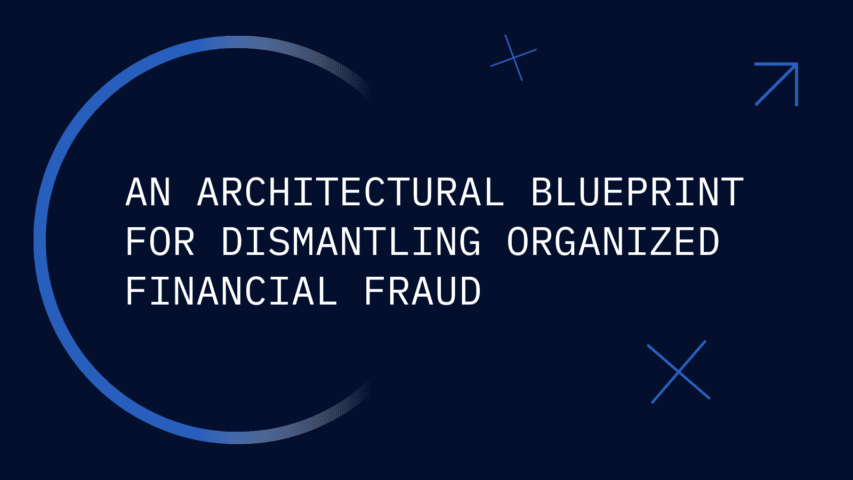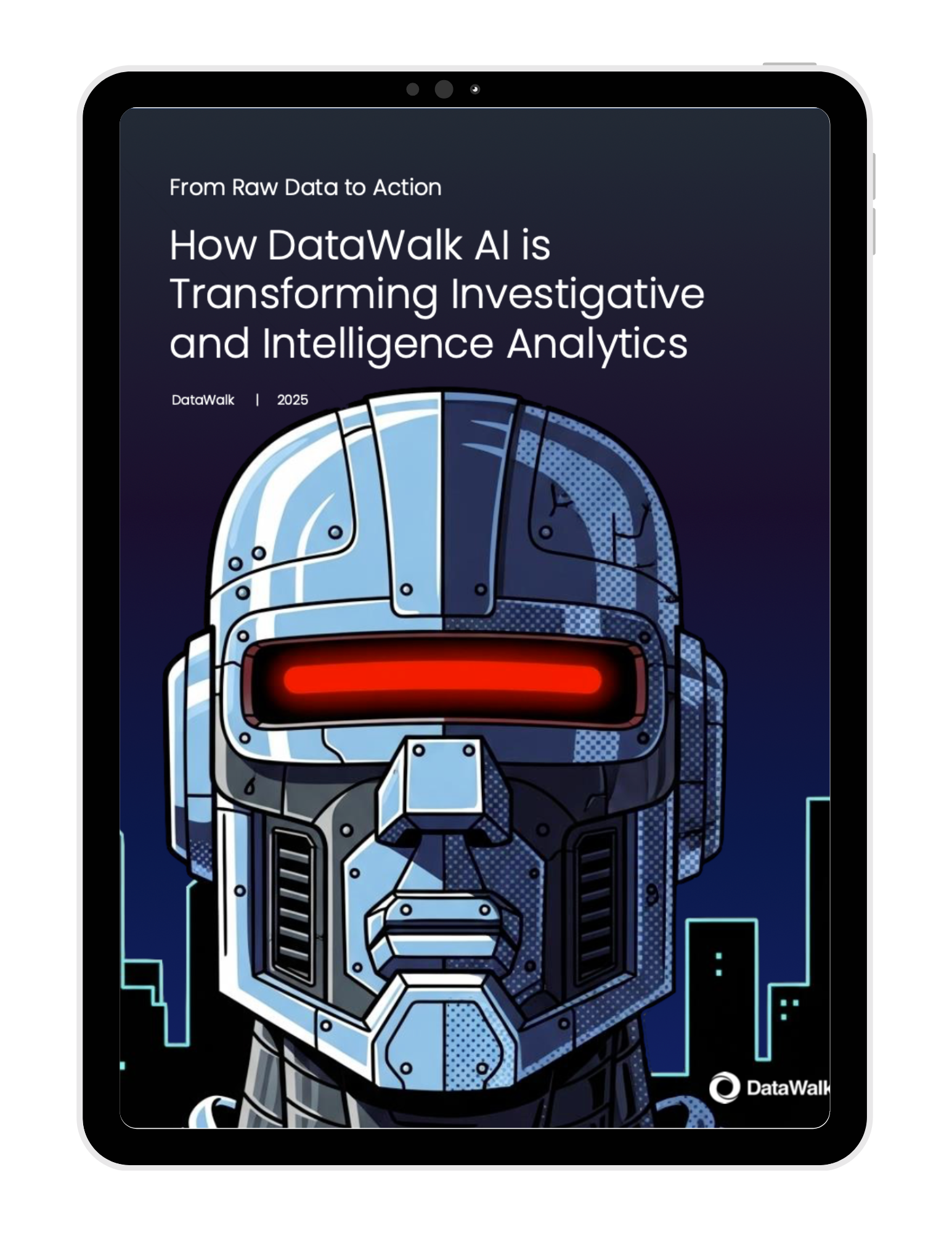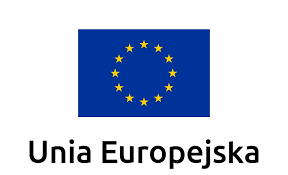
An Architectural Blueprint for Dismantling Organized Financial Fraud
According to reports from the US Government Accountability Office, fraud costs the federal government up to $500 billion annually. This isn't the work of lone actors; it's the result of sophisticated, organized crime networks that are engineered to exploit a fundamental flaw in most enterprise architectures.
These criminal rings thrive by operating across multiple channels, systems, and even organizations, creating patterns that are invisible to traditional, siloed fraud detection tools. A system that only checks transactions in isolation is blind to a fraud ring that uses stolen identities to attack multiple lines of business simultaneously. For enterprise architects, this creates a costly and unwinnable situation: a fragmented ecosystem of tools that generates massive operational waste while failing to stop the most significant threats.
This article presents a new architectural blueprint. We will show how moving from a patchwork of legacy tools to a unified, AI-powered knowledge graph provides the only viable way to see these networks, dismantle them, and build a more resilient and cost-effective fraud detection capability.
Why Your Current Tools Are Built to Fail
For decades, the approach to fraud detection has been reactive and fragmented. This has led to an architectural model that is not only inefficient but fundamentally incapable of addressing the network-based nature of modern organized fraud.
The Transaction-Only Fallacy
Legacy systems are designed to ask, "Is this transaction suspicious?" when the real question is, "Are the activities across this network suspicious?" Organized fraud rings operate through structured schemes, like using a web of synthetic identities for application fraud or coordinating claims across multiple policies. These complex patterns cannot be detected by analyzing a single event in isolation. While rule-based systems excel at flagging known transactional red flags, they are blind to the subtle, cross-silo connections that signify a coordinated attack.
The Crippling Cost of Fragmentation
The current reality for most architects is a constant, expensive effort to stitch together a fragmented ecosystem. This often includes separate tools for data extraction (ETL), entity resolution, graph visualization/analysis, and case management. This model forces a reliance on expensive, ongoing professional service contracts just to integrate a new data source or modify a rule. The architecture itself becomes the primary obstacle, trapping valuable intelligence in silos, creating massive customer friction from false positives, and dramatically inflating the Total Cost of Ownership (TCO).
The New Blueprint: A Unified Intelligence Platform
The architectural solution is to move from a collection of disparate tools to a comprehensive intelligence platform that unifies all relevant data into a central knowledge graph, a model that connects entities (like people, accounts, and devices) and the relationships between them. The DataWalk platform is not a graph database; it's an end-to-end graph + AI system that connects everything - customers, accounts, applications, devices, addresses, and external intelligence - into one coherent, analyzable view.
Achieve Master Entity Views with Precision
The foundation of seeing criminal networks is knowing precisely who is who. DataWalk’s platform includes sophisticated entity resolution capabilities. It can fuse records from dozens of disparate sources, resolving fuzzy matches (e.g., "John D. Smith," "J.D. Smith," and "Jonathan Smith" at similar addresses) into a single, reliable entity. This process is crucial for countering criminals' attempts to hide using minor variations in their identity data and is a core capability that separates a true platform from a standalone database. As detailed in our analysis of DataWalk vs. a graph database for fraud detection , this is a critical, built-in function, not a separate module or system.
Uncover Unknown Networks with Explainable CompositeAI
Once data is unified and entities are resolved, DataWalk's Composite AI can identify suspicious patterns that rules-based systems invariably miss. For example, it can automatically discover an organized fraud ring by identifying a group of applications that use different stolen identities but share a small number of manipulated phone numbers and IP addresses. Crucially, our Composite AI approach is built on explainability. Analysts can see exactly why a connection was flagged, satisfying the "no black box" requirement for audit and compliance and providing the context needed for effective investigations.
Radically Lower TCO and No Vendor Lock-In
DataWalk is a no-code platform, designed to empower an organization's own team to integrate new data sources, build analytical models, and adapt to evolving threats. This self-sufficiency breaks the dependency on the expensive, multi-year service contracts that define legacy systems. By putting control back in the hands of the enterprise, DataWalk delivers a much lower, more predictable TCO and provides the extreme agility needed to stay ahead of adversaries. This approach empowers organizations to enhance their fraud controls in the age of AI without being locked into a vendor's development roadmap.
Built for Intelligence, Not Just for Alerts
Many organizations have a broken, siloed architecture that focuses too narrowly on transactions, creating massive inefficiency and leaving them blind to sophisticated, network-based fraud. The solution is a shift to a unified knowledge graph platform that excels at entity resolution and uses explainable CompositeAI to connect the dots.
For the enterprise architect, DataWalk offers a clear path to a modern, scalable, and cost-effective investigations architecture, with a powerful platform that delivers auditable, transparent intelligence. By empowering your teams and freeing your organization from vendor dependency, you can finally build a fraud detection system designed for intelligence, not just for generating alerts.

FAQ
Join the next generation of data-driven investigations:
Discover how your team can turn complexity into clarity fast.

Solutions
Product
Partners
Company
Resources
Quick Links



